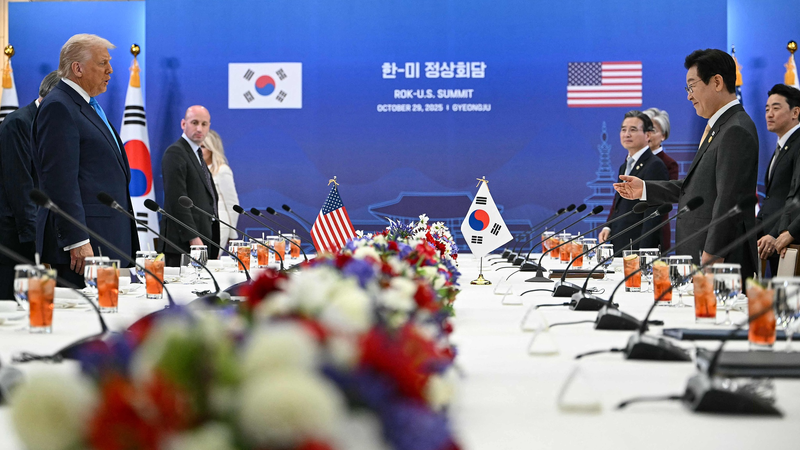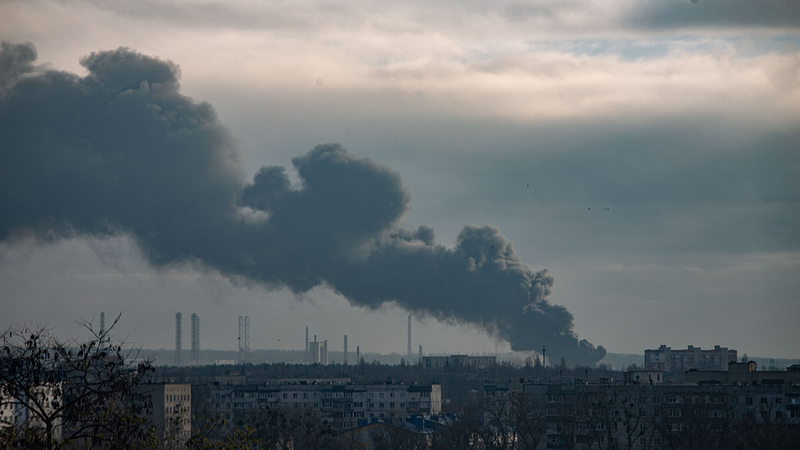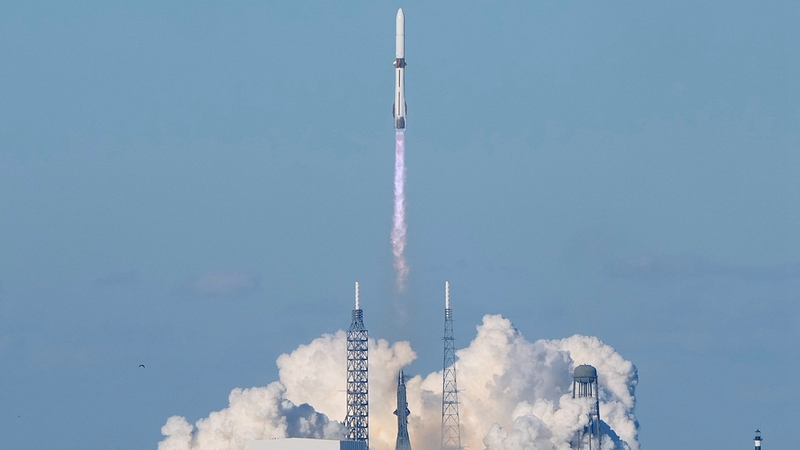Last month, on October 29, 2025, South Korea and the United States sealed a landmark tariff and security pact during summit talks between President Lee Jae-myung and President Donald Trump. The joint fact sheet outlines sweeping economic commitments and renewed defense guarantees.
On the trade front, South Korea agreed to channel $150 billion into U.S.-approved shipbuilding projects and add $200 billion in strategic investments, as detailed in a memorandum of understanding. In return, the U.S. will cut its reciprocal tariff rate on South Korean-originating goods to 15 percent. Sectoral tariffs on automobiles, auto parts, timber, lumber, wood derivatives and pharmaceuticals will also be capped at or below 15 percent.
The fact sheet further commits the U.S. to remove supplemental tariffs on items listed under Potential Tariff Adjustments for Aligned Partners, including generic pharmaceuticals, pharmaceutical ingredients, rare natural resources and select aircraft parts made in South Korea.
Despite the headline numbers, industry analysts caution that firms in affected sectors may not feel immediate relief. Yonhap News Agency pointed out that the pact does not specify when the current 25 percent auto tariffs will drop to 15 percent. Experts quoted by EToday estimate it could take one to two months before any tariff savings materialize, meaning companies may still face short-term liquidity pressure.
South Korea’s auto exports had historically enjoyed zero tariffs in the U.S., so navigating this new 15 percent levy presents a fresh hurdle. Kim Pill-soo, a trade professor at Daelim University College, notes that "the U.S. tariff issue has not disappeared," adding that automakers will need time and strategy to adapt.
On security, the agreement reaffirms Washington’s pledge of extended deterrence and sees Seoul raise defense spending to 3.5 percent of GDP as soon as possible. South Korea will allocate $33 billion toward supporting U.S. Forces Korea and invest $25 billion in U.S. military equipment by 2030. The U.S. also granted Seoul approval to develop nuclear-powered attack submarines.
As global supply chains and geopolitical tensions evolve, this dual-track pact is designed to deepen the U.S.–South Korea alliance on both economic and security fronts. The coming months will test how swiftly businesses and defense planners can translate commitments on paper into real-world gains.
Reference(s):
cgtn.com




